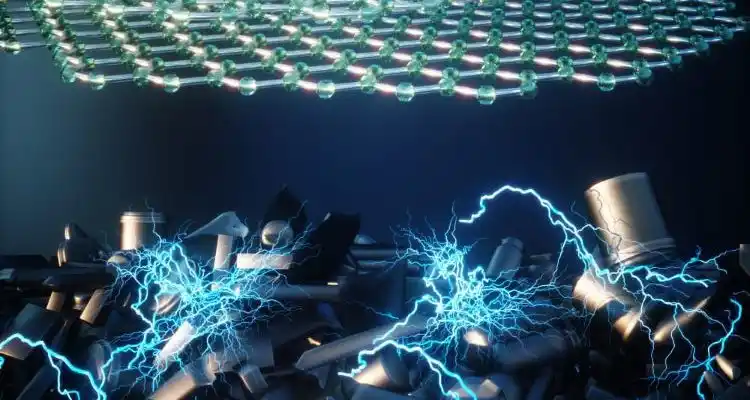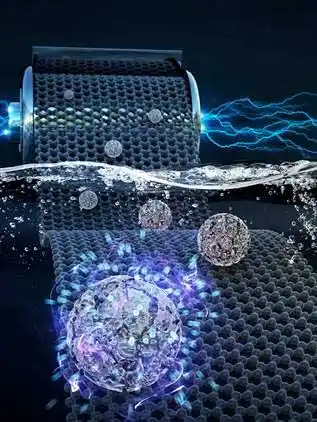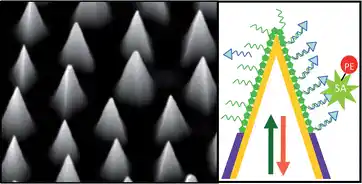افشین رشید
اُستادیار ؛ عضو هیات علمی دانشگاه آزاد اسلامی واحد علوم و تحقیقات تهران
585 یادداشت منتشر شدهInvestigating The Differences Between Catalytic Systems (Nanoreactors and Microreactors) in Electronic Conductivity

Note: Of course, nanoreactors are also considered part of the electronic reaction and conduction process in some way, and this is their main difference from microreactors. One useful solution to achieve the nanoreactor environment is to use electrically porous nanomaterials.
Such confined spaces used to carry out specific electrochemical reactions are called nanoreactors. Nanoreactors are very small containers with nanometer dimensions that have great potential for improving electrochemical conversions by protecting catalysts from environmental influences and confining reactants and catalysts in a small space for long periods of time . In fact, nanoreactors are porous materials with one of their dimensions in the nanoscale.

One of the catalytic systems is nanoreactors. One of the applications of nanoreactors is in the electronic conduction of porous materials whose dimensions are smaller than 0.11 nanometers . Countless and simultaneous reactions in the cells of living organisms are also based on this principle. Therefore, various biological and chemical structures that have the characteristics of a nanoreactor are used. Reason and advantages of using a reactor and nanoreactors On a macroscopic scale, a chemical reactor is a chamber that allows the reaction to be carried out in a specific volume. One of the advantages of using a reactor is the ability to precisely control the reaction conditions such as solvent, temperature, and stirring speed. At the micro and nano scale, it is also possible to create chambers that separate a specific volume of the reaction mixture from the bulk medium . If a chemical reaction is confined within such a chamber, then this chamber is considered a nanoreactor. The advantages of using nanoreactors include greater control over the reaction, selectivity, separation of porous materials and electronic conductivity of nanomaterials from the bulk medium, followed by a reduction in system toxicity or an increase in catalyst stability and ideality in electrochemical processes due to their small size. In general, nanostructured materials with a specific size, shape and geometry have unique and different properties from bulk materials. By using reaction media with nanometer and micrometer dimensions, new nanomaterials with interesting and remarkable properties can be produced. In general, nanoreactors are chambers with nanometer dimensions in which chemical reactions can be carried out.

Of course, nanoreactors are also considered part of the reaction in some way, and this is their main difference from microreactors. One of the useful solutions for achieving the nanoreactor environment is the use of porous materials, so due to the importance of the subject of nanoreactors, porous silicate and zeolite structures are among the most prominent and widely used compounds in this group .
Conclusion:
Nanoreactors are very diverse. Simple or complex, organic and inorganic materials with electrical conductivity, volume and pore structures are used as nanoreactors. Unlike microreactors, the reaction space inside nanoreactors greatly affects the mobility and interactions between molecules within it.
Investigating The Ability to Control the Dimensions of Raw Materials (Nanochips) and The Structure of The Taylor Nanocone by Changing The Field Strength and Subsequently (jet Charge Density)
Investigation of The Purification of Nanofullerenes by Column Chromatography For The Manufacture of Nanoelectronic Devices and instruments